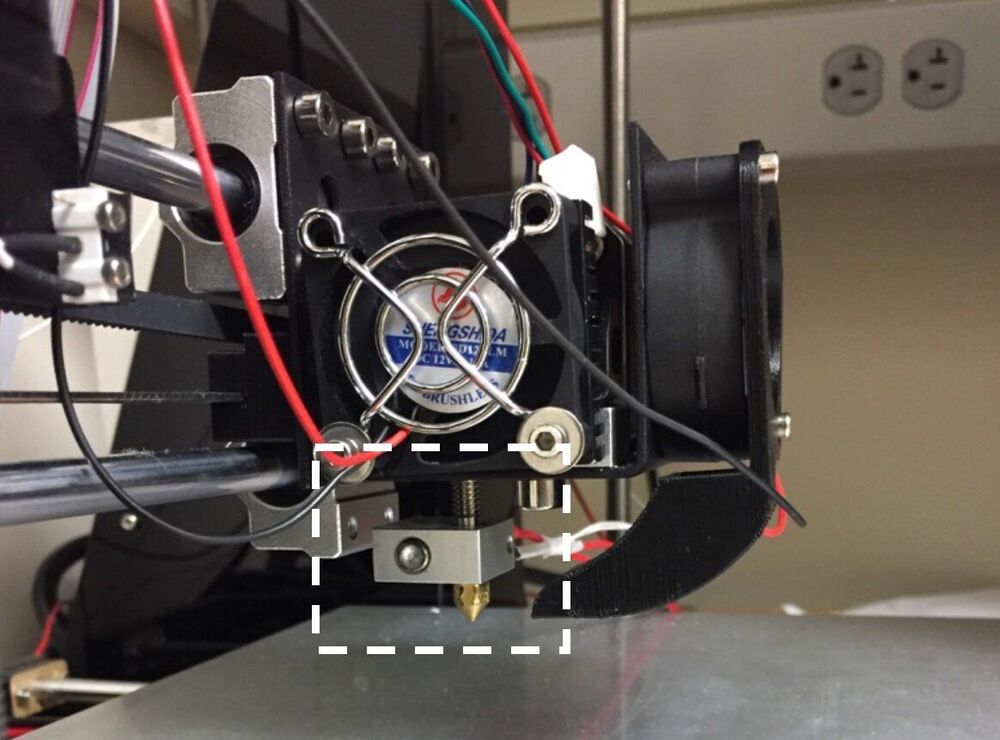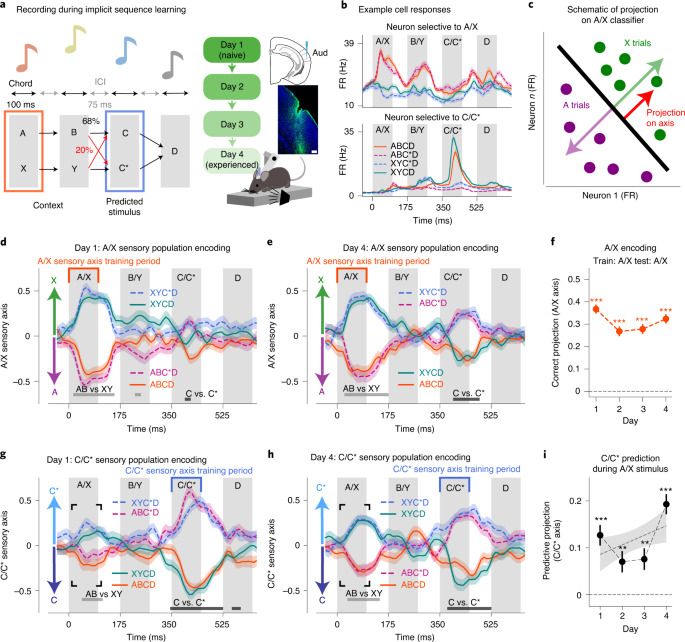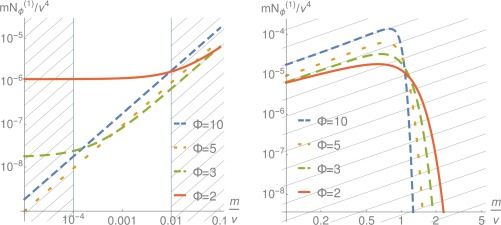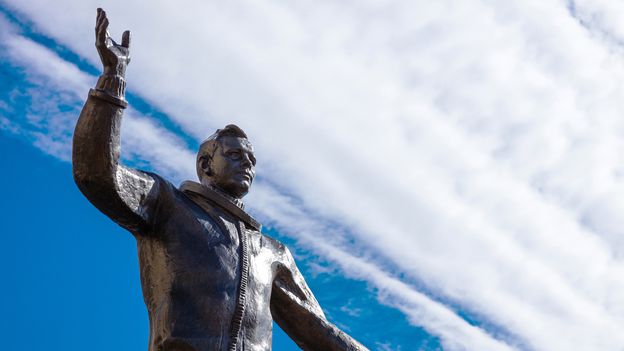Fasting is one of those subjects that is widely talked about, in limited circles. Those who have looked cannot but be intrigued and impressed by the claims and results, whilst those who have not, think it borders on madness, and must be bad for you because…well, FOOD!!
So, for those who want a refresher on the science, through to those who have questions they have always been embarrassed to ask, and onwards to all those you want to send this link to, in an attempt to open their eyes…I did a quick guide to what we know, what are just finding out and at the end, the top questions that get asked on the topic.
Hope you enjoy and have a great day.
It is not just what you eat that matters but when you eat it is also something to consider.
Intermittent and prolonged fasting are showing themselves to very much be part of the repertoire to anyone serious about their health and longevity objectives.
If you want to know more about what to eat, watch my video on diet here.







